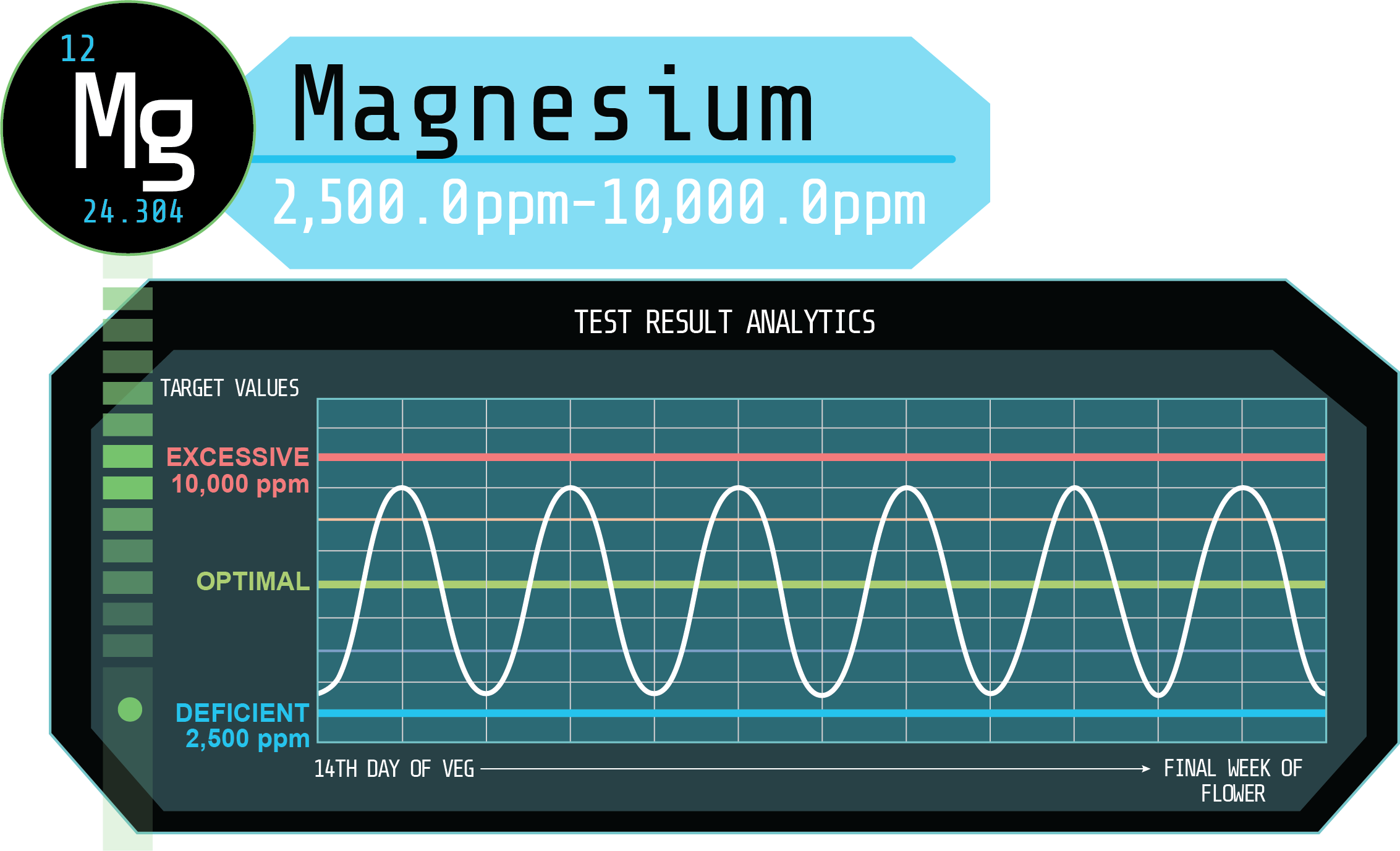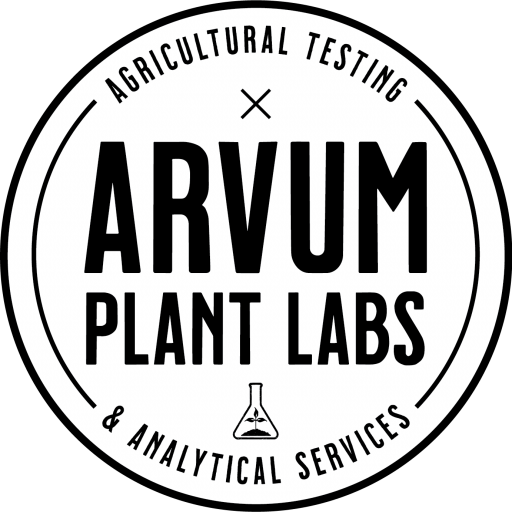Magnesium in the Spotlight: Mastering the Balancing Act for Peak Plant Performance

Today, we’re zeroing in on deficient and excessive levels of Magnesium (Mg) in plants. Magnesium is the powerhouse behind chlorophyll production and a catalyst for many plant functions. But as with all nutrients, there’s a fine line between too little and too much. Let’s unravel the mystery of Magnesium – how to spot imbalances, understand their effects, and keep your plants performing at their best.
Magnesium: A Double-Edged Sword
The Vital Role of Magnesium
Magnesium is not just another nutrient; it’s central to the plant’s ability to capture and convert sunlight into energy. It’s involved in enzyme activation, supports the structural development of the plant, and even plays a role in DNA replication. Simply put, Magnesium is indispensable.
The Trouble with Too Little
A lack of Magnesium can sneak up on you, which is why leaf tissue analysis is so important as a proactive measure in your cultivation. Usually manifesting as interveinal chlorosis in older leaves, where the space between veins turns yellow while the veins stay green. This deficiency can lead to reduced growth and lower yields, as the plant struggles to photosynthesize efficiently.
The Complications of Too Much
On the flip side, an excess of Magnesium can be just as problematic. It might lead to nutrient imbalances, particularly with Calcium and Potassium, leading to symptoms of deficiencies in these nutrients even when soil levels are adequate. Excess Magnesium can also compact soil, reducing aeration and water infiltration.
Striking the Right Magnesium Balance
Target Values for Success
Achieving the perfect Magnesium level is crucial for maximizing your plant’s potential. Here are the optimal target values to aim for:
- Veg Stage: Magnesium levels should be at a minimum of 2,500 ppms and maximum of 10,000 ppms for healthy vegetative growth.
- Flower Stage: As your plants enter the flowering stage, maintaining Magnesium levels at a minimum of 10,500 ppms and a maximum of 15,750 ppms continues to support optimal health and yield.
Navigating Magnesium Management
Adjusting your Magnesium levels starts with knowing where you stand. For those growing in soil, amendments like Epsom salts (Magnesium sulfate) can address deficiencies, but the key is not to overdo it. Regular tissue analysis will guide your primary, secondary, and micronutrient management strategies and that’s where we can help you.
Team Up with Arvum Plant Labs
At Arvum Plant Labs, we’re dedicated to helping you navigate the complexities of plant nutrition. We understand that each element, including Magnesium, plays a critical role in your plant’s health and performance. That’s why we’re offering new clients a free round of tissue analysis. This isn’t just a test; it’s a window into the well-being of your plants and our team of growers and agronomists will offer insights to empower you to make informed decisions and make tailored corrections where necessary.
Call us at 707-398-8346 to receive your free leaf tissue testing kit and proactively get real data about your plants’ nutrient levels!








[…] overloading the plant. The issues with excessive levels of magnesium have already been covered here. Just to expand on that post with my own thoughts, excessive levels of calcium (Ca) and magnesium […]